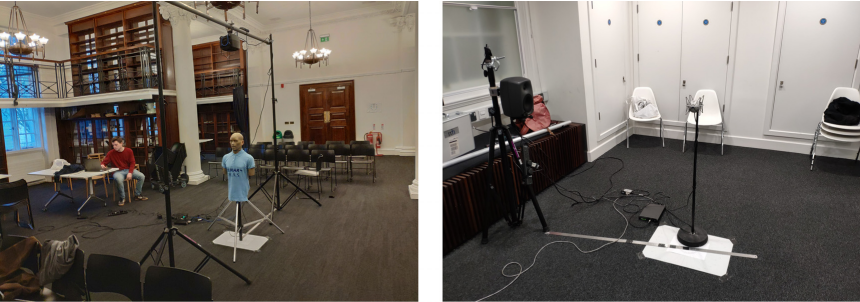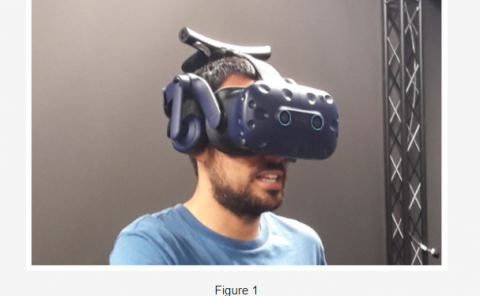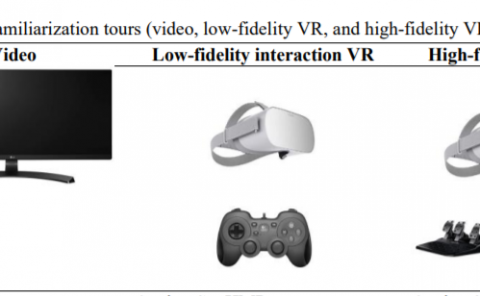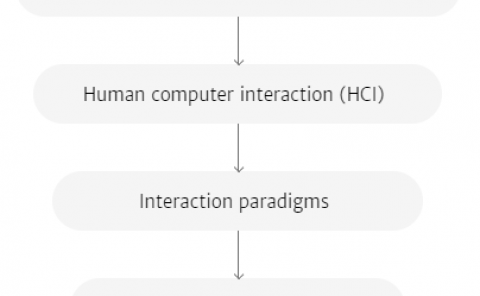Perceptual implications of different Ambisonics-based methods for binaural reverberation
PubDate: February 4, 2021
Teams: Facebook Reality Labs
Writers: Isaac Engel, Craig Henry, Sebastià V. Amengual Garí, Philip W. Robinson, Lorenzo Picinali
PDF: Perceptual implications of different Ambisonics-based methods for binaural reverberation

Abstract
Reverberation is essential for the realistic auralisation of enclosed spaces. However, it can be computationally expensive to render with high fidelity and, in practice, simplified models are typically used to lower costs while preserving perceived quality. Ambisonics-based methods may be employed to this purpose as they allow us to render a reverberant sound field more efficiently by limiting its spatial resolution. The present study explores the perceptual impact of two simplifications of Ambisonics-based binaural reverberation that aim to improve efficiency. First, a “hybrid Ambisonics” approach is proposed in which the direct sound path is generated by convolution with a spatially dense head related impulse response set, separately from reverberation. Second, the reverberant virtual loudspeaker method (RVL) is presented as a computationally efficient approach to dynamically render binaural reverberation for multiple sources with the potential limitation of inaccurately simulating listener’s head rotations. Numerical and perceptual evaluations suggest that the perceived quality of hybrid Ambisonics auralisations of two measured rooms ceased to improve beyond the third order, which is a lower threshold than what was found by previous studies in which the direct sound path was not processed separately. Additionally, RVL is shown to produce auralisations with comparable perceived quality to Ambisonics renderings.



